Danish painter Augusta Atla’s studio is a small attic room. White walls are decorated with collages and posters, reminding me of a school art classroom. Augusta has inherited a black Labrador from her mother who greets me at the door, tail wagging.
A Danish artist who has spent many years living abroad, Augusta Atla works across different mediums but is primarily interested in painting. Her art comes from an emotional need to build spiritual conversations between the work and its viewers. Augusta opposes the idea of becoming an authority on her own work and has a liberal approach to art. She doesn’t follow set rules or methods.
During our conversation, Augusta offered insight into art history, discussing topics such as neo-expressionism, conceptualism, and the Greek theatre and their invention of a tragedy. By drawing parallels with the works of great artists and their lives, she opened up about her own creations. She says painting, drawing, and collaging helps balance her inner life.
We sat down with Augusta Atla to discuss what it means to be a “good artist” and the color blue:
How did art come into your life and what’s your educational background?
I started my BA in Architecture at The Architecture School in Copenhagen. After the first year, I transferred and I finished my BA at the department of Philosophy and Art History at the University of Copenhagen. When I made the transfer, I already knew it was not enough for me and I applied to the Fine Art Department Goldsmiths at the University of London.
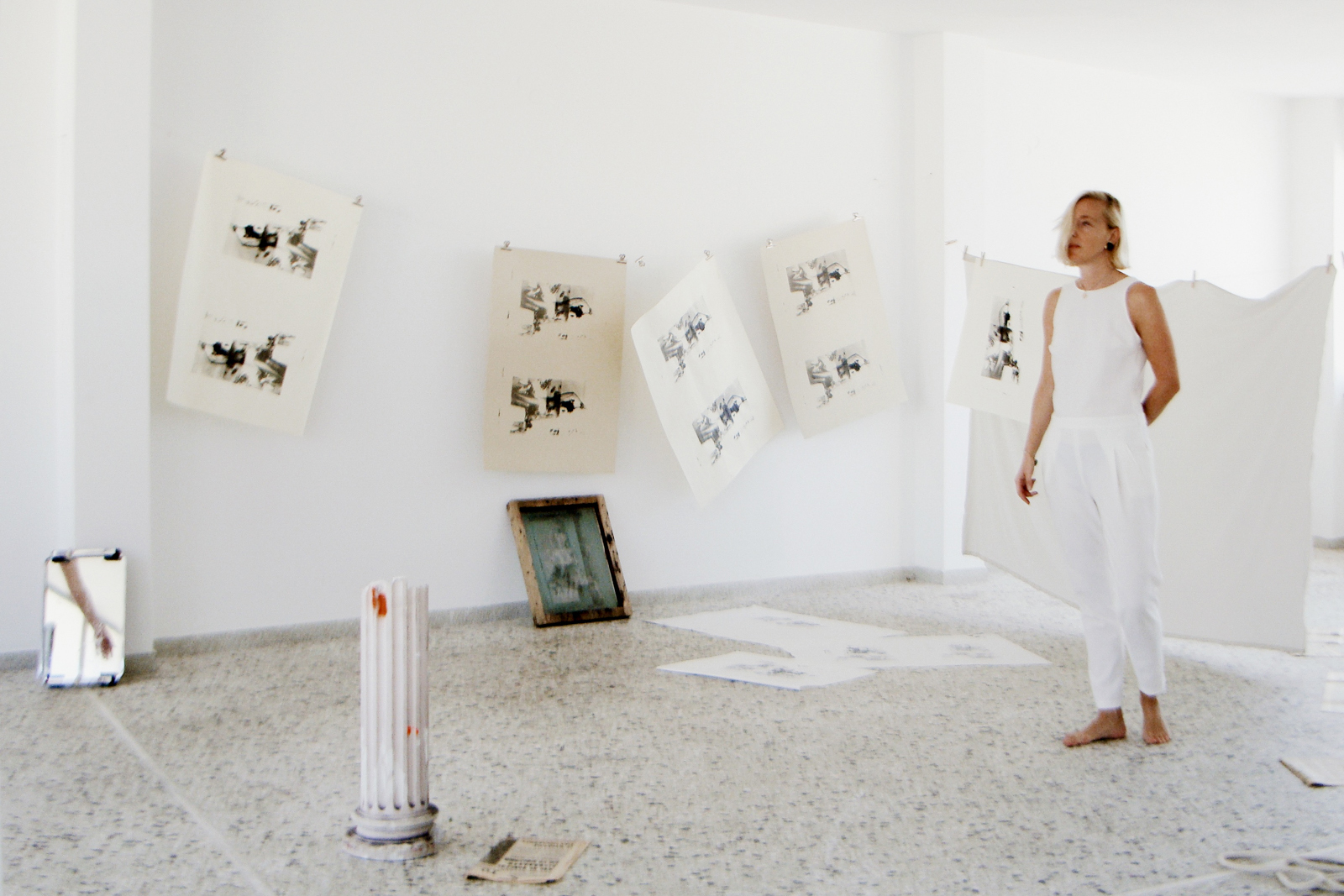
The education at Goldsmiths was a very conscious choice, knowing that the structure had no divisions in media, meaning no painting department or sculpture department, and so on. Furthermore, the degree had no authority, like a professor to follow. One could study without being formalized or educated strictly on mediums. On the other hand, having a spiritual and emotional conversation about the theme and content of one’s work was more important than sticking to or adapting history and technique of a medium.
From the beginning, I had the liberty of shuffling between mediums and the allowance to critically assess the theories and habits within the mediums. I worked mainly in photography and performance for many years during the university as my practice was, and still is, about the body.
I don’t think I could have fit in at any normal European art academy setting with heavy authorities and perhaps even male-dominated interests. At Goldsmiths we were encouraged to engage with the theories and histories of art.
 |
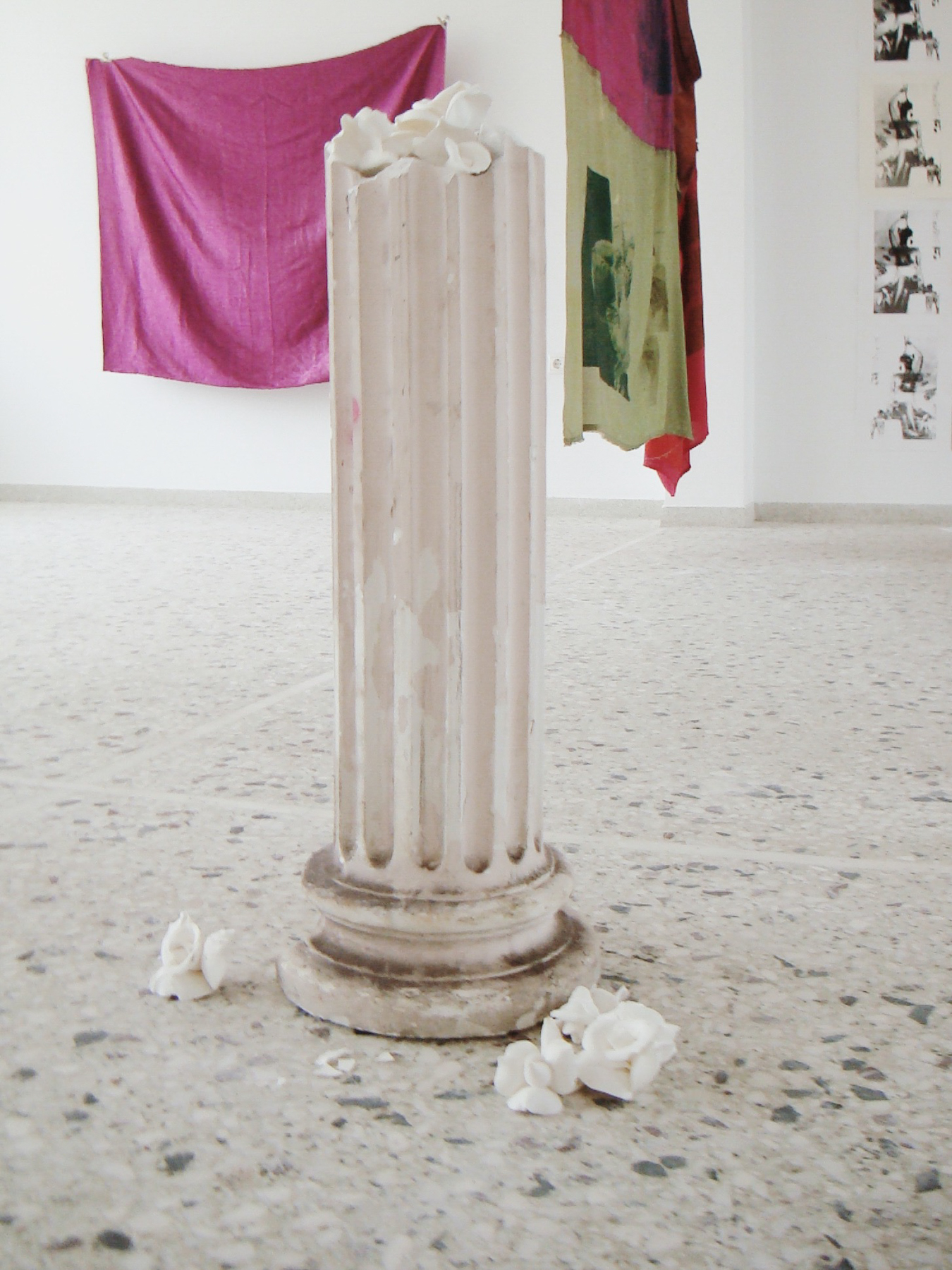 |
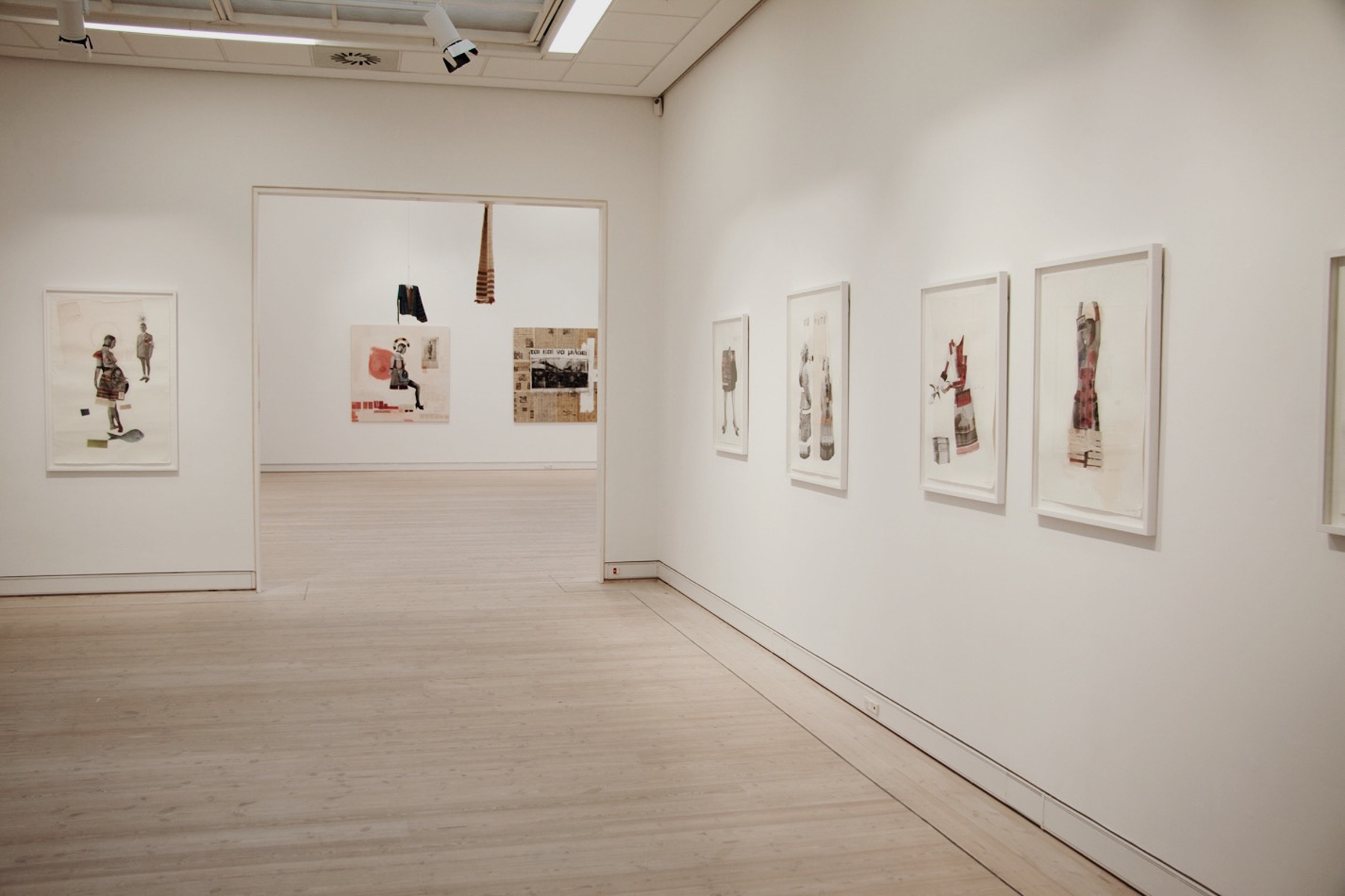 |
|
Can you talk about your practice?
My work has to do with expressing stages of our inner lives, our emotional lives. Having been brought up by an art historian mother, I was born into art, looking at paintings all my life. This gave me a weird sense that art was a necessity or a need, on the same level as food and shelter.
My work can have an element of magical realism; that it is somehow both a natural extension of my life, but on the other hand an otherworldly element seen from a viewer’s point of view.
 |
 |
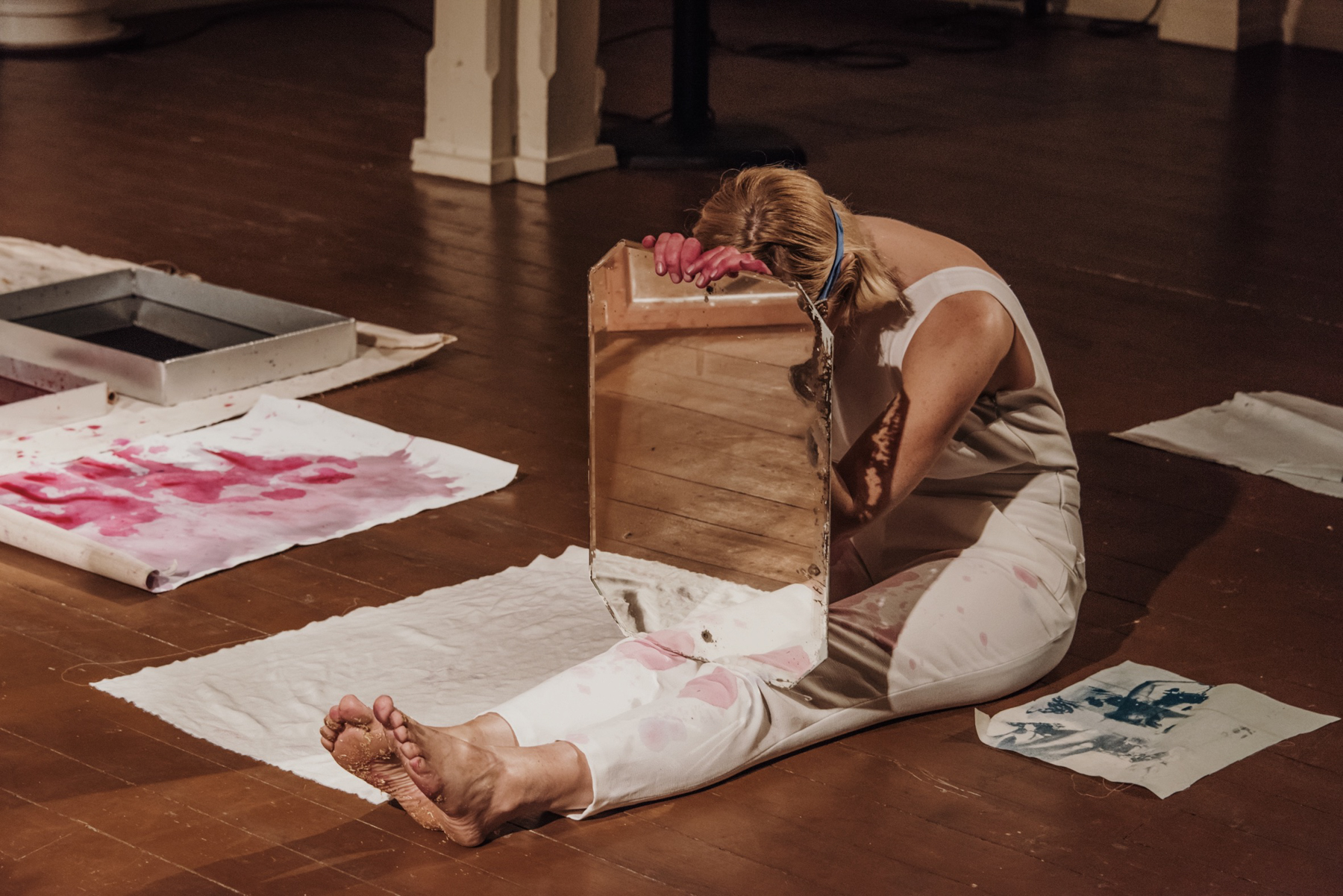 |
|
Questioning the methods found in art history, and especially that of painting, is a continuous part of my practice. I am constantly discussing the construction, methods, and theory making up an image.
How do you feel about working across different mediums?
My daily practice includes painting, collaging, and drawing. My work is always based on an emotional need to express an image. If I have been only interested in methodology and theory of painting, I guess I would not have been an artist but maybe a researcher or an art historian.
From 1999 -2009 I did mainly photography and performance. I was addicted to Parajanov’s symbolism and Pasolini’s magical realism. And then from 2011 until now, I’ve been concentrating on collage and painting. I approach installation as to a 3D version of the oeuvre; a painterly experiment with colors and pigments where objects coexist with the painting.
Is the color blue special to you? Have you been inspired by Yves Klein?
The use of blue extensively existed in an oeuvre between 2017-2018. I don’t tend to use a certain color in general, the blue period was because my mother was dying. She recently passed away. Nobody knew she would get sick, but I felt warning signs beforehand.
 |
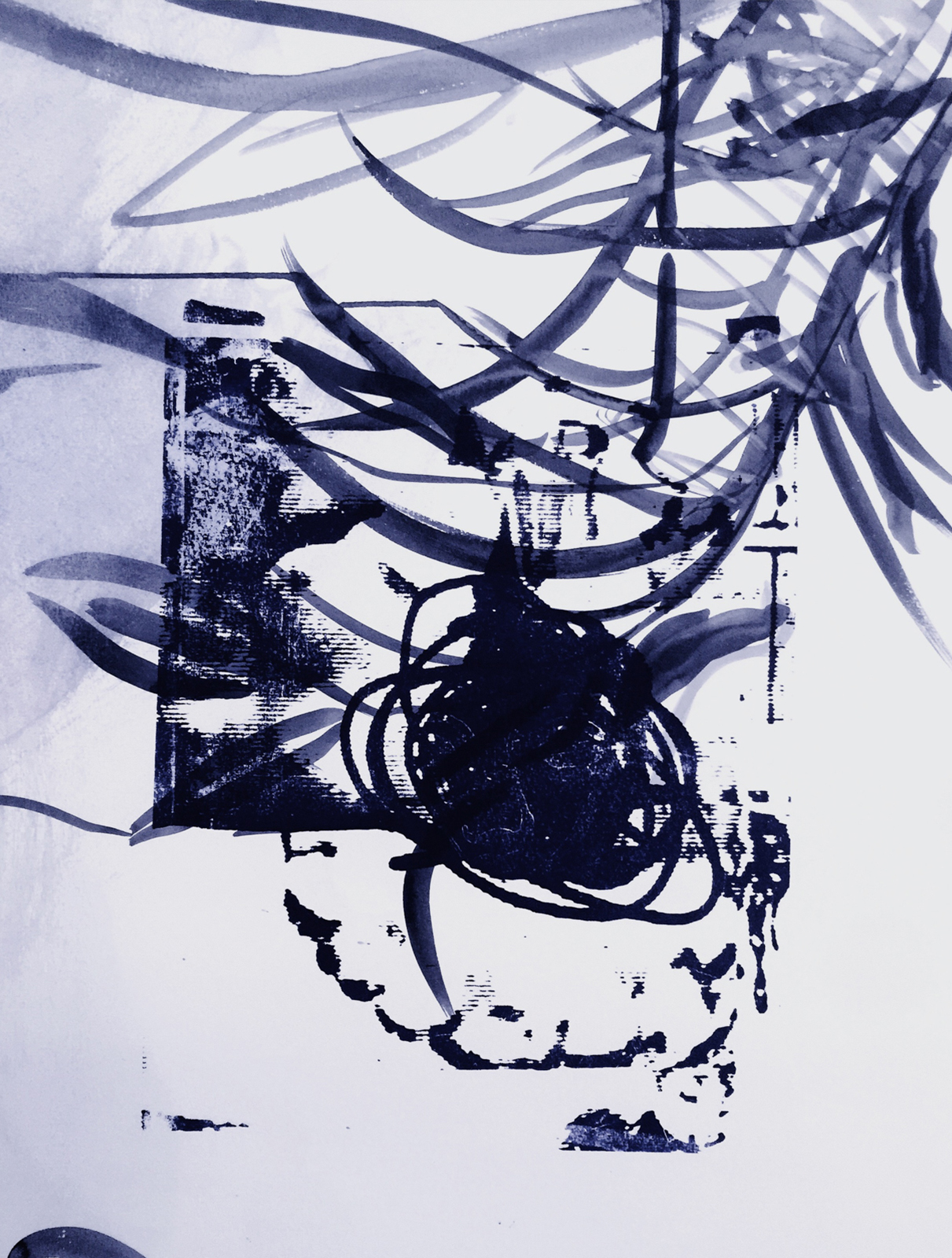 |
The blue might sound very cliché, but I never thought about it in the painting process. The color blue gives me this clear imagery of nothing or loss. I don’t know if I was influenced by Klein; I could have been. I am not a Kleinist – I am much more expressionist. However, the last exhibition I saw together with my mother was of Yves Klein at The Contemporary Art Museum in Nice.
You describe art as a monitor of emotional energy enabling us to experience a catharsis that comes with wisdom
I can only make a comparison.
For example, the invention of tragedy in Greek theatre served the purpose of having more balanced citizens. Ancient theatre had to do a lot with the spiritual, ritualistic practices meant for everyone. It was an almost normalized duty to go to the theatre, and the tragedy was invented to help citizens avoid bad, or even fatal, decisions in their own real lives.
This is an example of how a viewer can feel pathos and even learn from imagery; perhaps even avoid committing actions through it. I think that if you are in mourning and you find the right artwork discussing grief that fits you, it can help you balance yourself. Or the artwork can teach you about your mourning process and how to deal with it. So, art is an object of potential personal development.
Some processes don’t need to be expressed in words. They are best transferred not by speaking but by receiving. When looking at other artists’ works, I realize that half of my personality is formed through their art. I wouldn’t have been the same person without these artworks, so I owe all these artists a little piece of my soul.
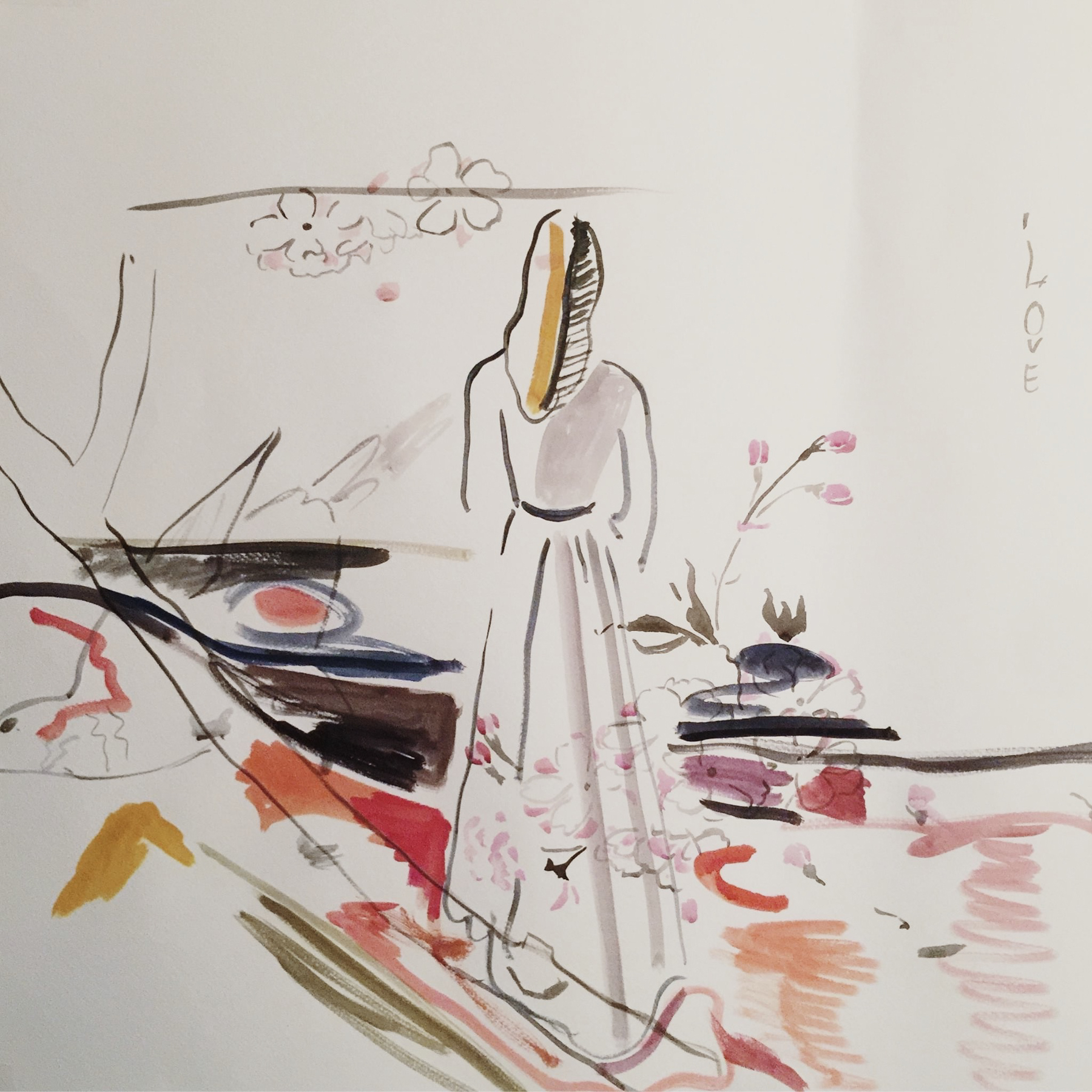 |
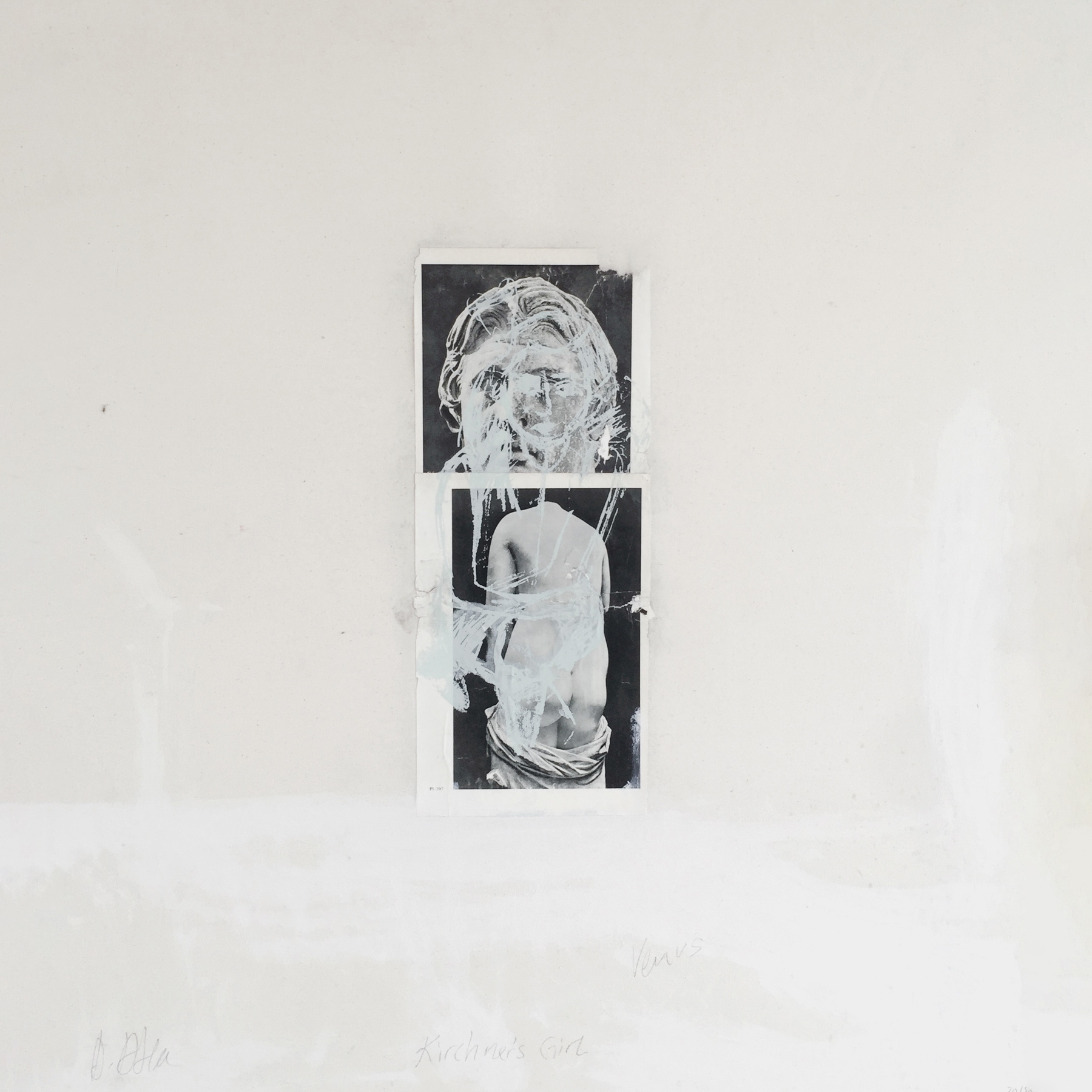 |
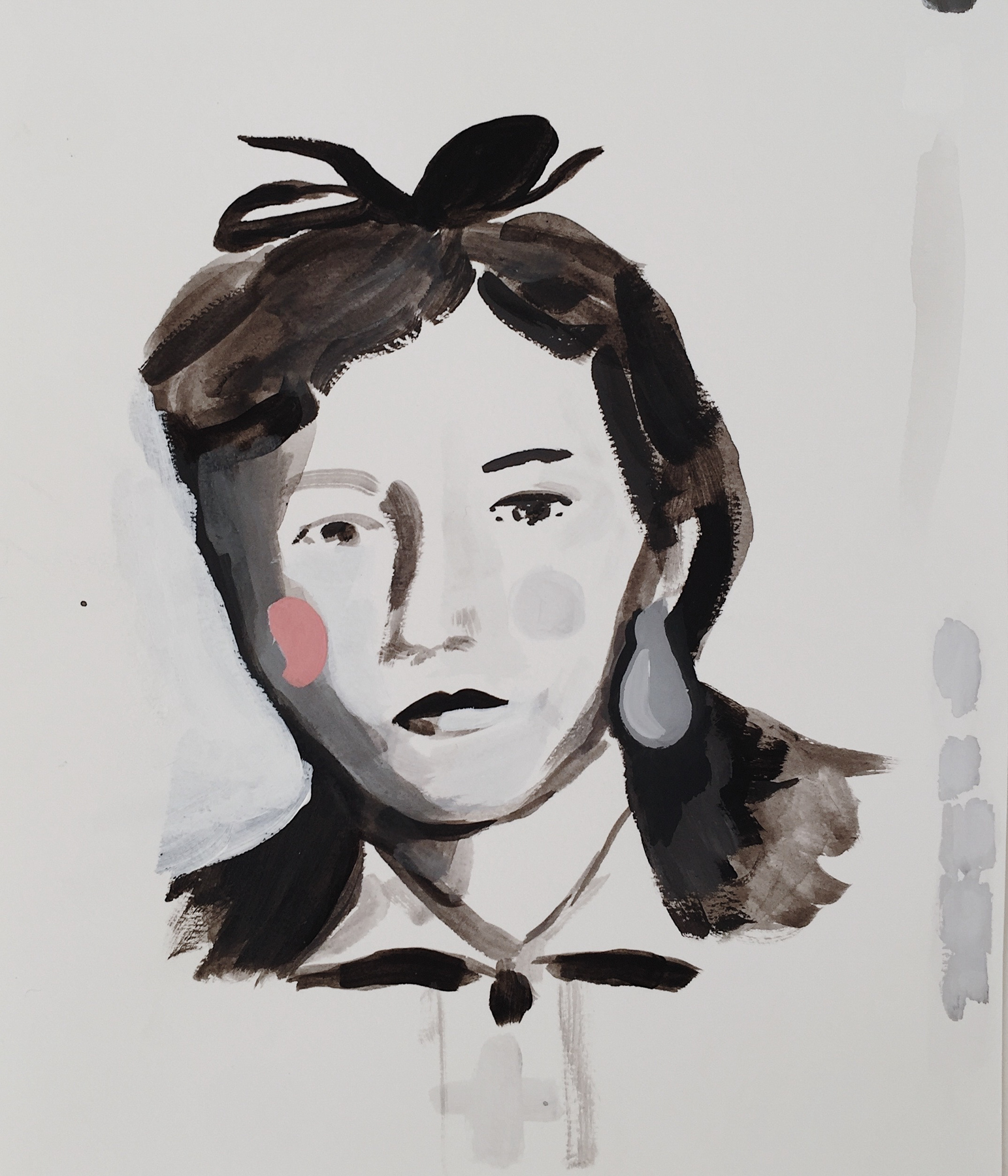 |
 |
To your mind, what makes a good artist?
A good artist is not necessarily the one who gets all the fame and recognition in his or her lifetime. A good artist is an artist who is not making art just for the sake of a successful career. It might seem a bit extreme to go to Tahiti like Gauguin, but for me, a good artist is the one who’s taking risks, gambling one’s destiny and I think it’s possible to see that in their art.
The greatest artists know that they are creating works for the next century regardless of the acknowledgment by their contemporaries. They know that their work is important even if their egos are not benefiting from the fruits of their labors during their lifetime. It can be very painful for the ego of an artist to not have the recognition.
Munch was painting for 20 years in his house and didn’t sell many of his paintings during his lifetime. He even refused to sell some of his works as he did not want them hanging in private houses. He wanted his work in a museum, and thus he donated all his works to Oslo council. This is a kind of megalomania, in a way, but as a viewer you can see in his work that he is damn serious.
It’s like life in the monastery, always working towards “after death” – but still creating. It can sound arrogant but I think it’s actually generosity and a sense of duty.
Do you consider your art particularly Danish and what do you think about the current Danish art scene? Is it inclusive?
I feel it’s more inclusive than ever before. Most galleries represent more men than women, which is a problem. The art fairs in Denmark are in general representing artworks looking more towards design.
Having lived 13 years of my life in London, Venice, Rome, Paris, and Athens, I think my work is a strange mixture of cultures.
 |
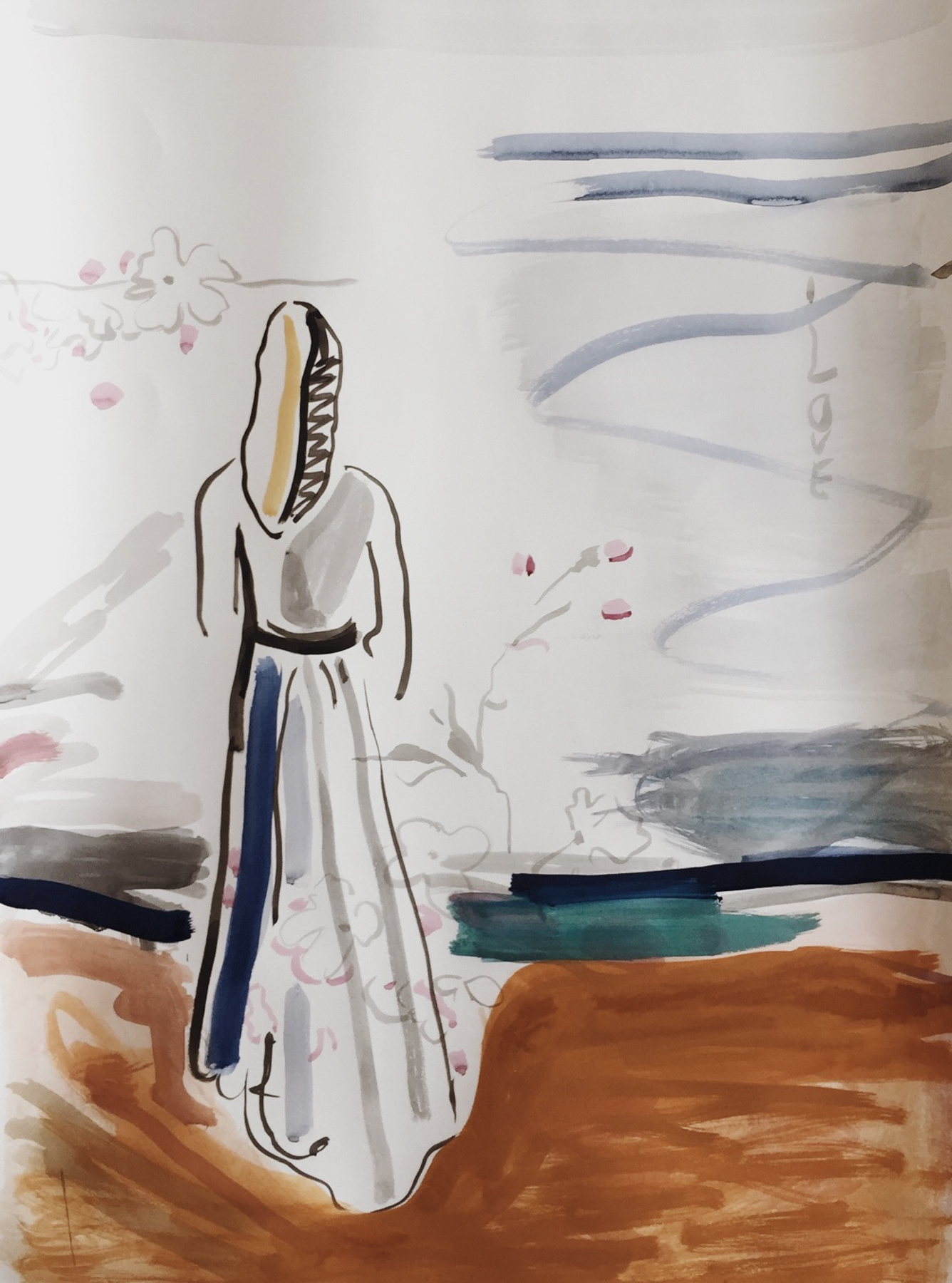 |
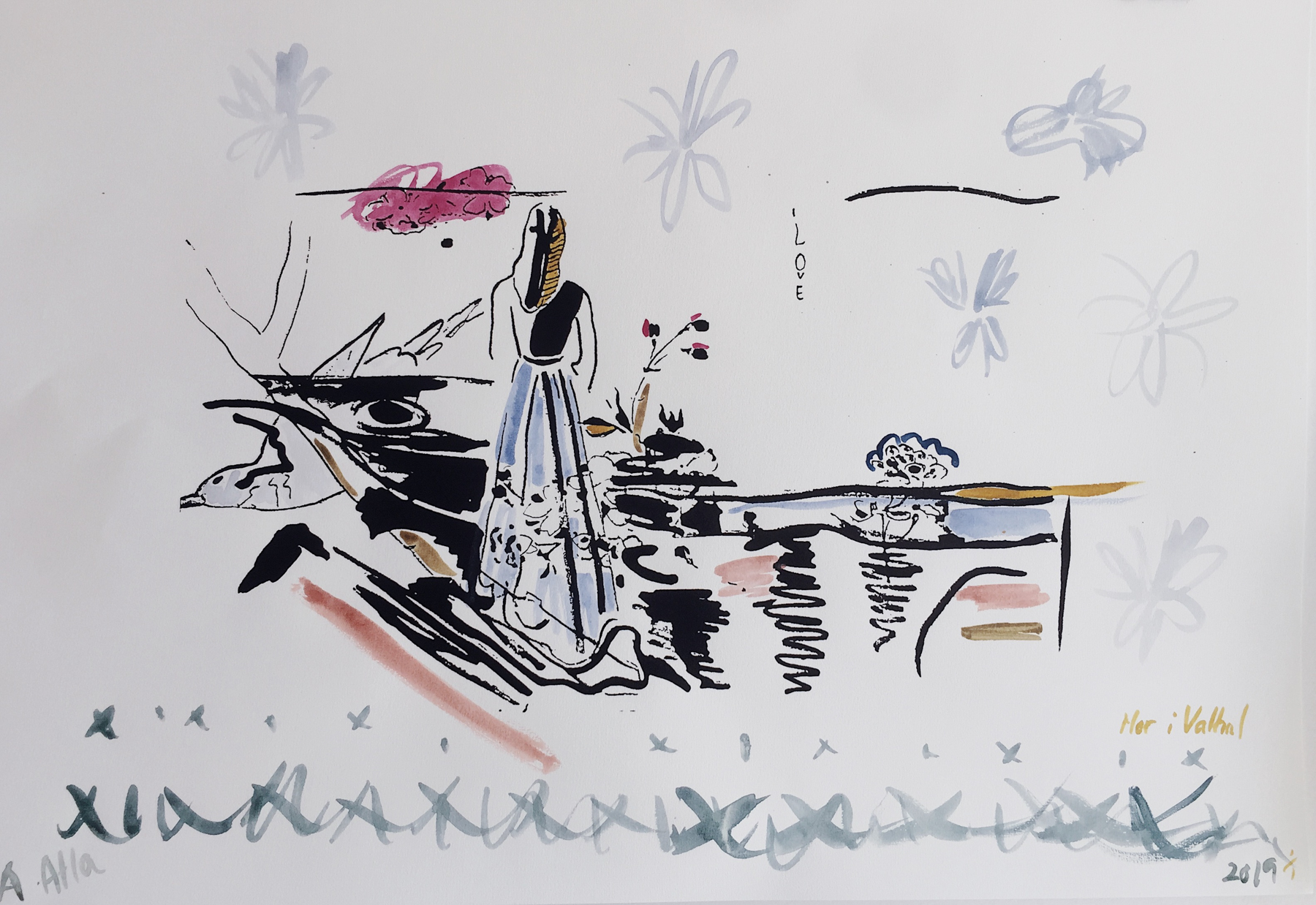 |
|
Where can we buy your art?
To see more you can visit my website and buy editions here and here.

